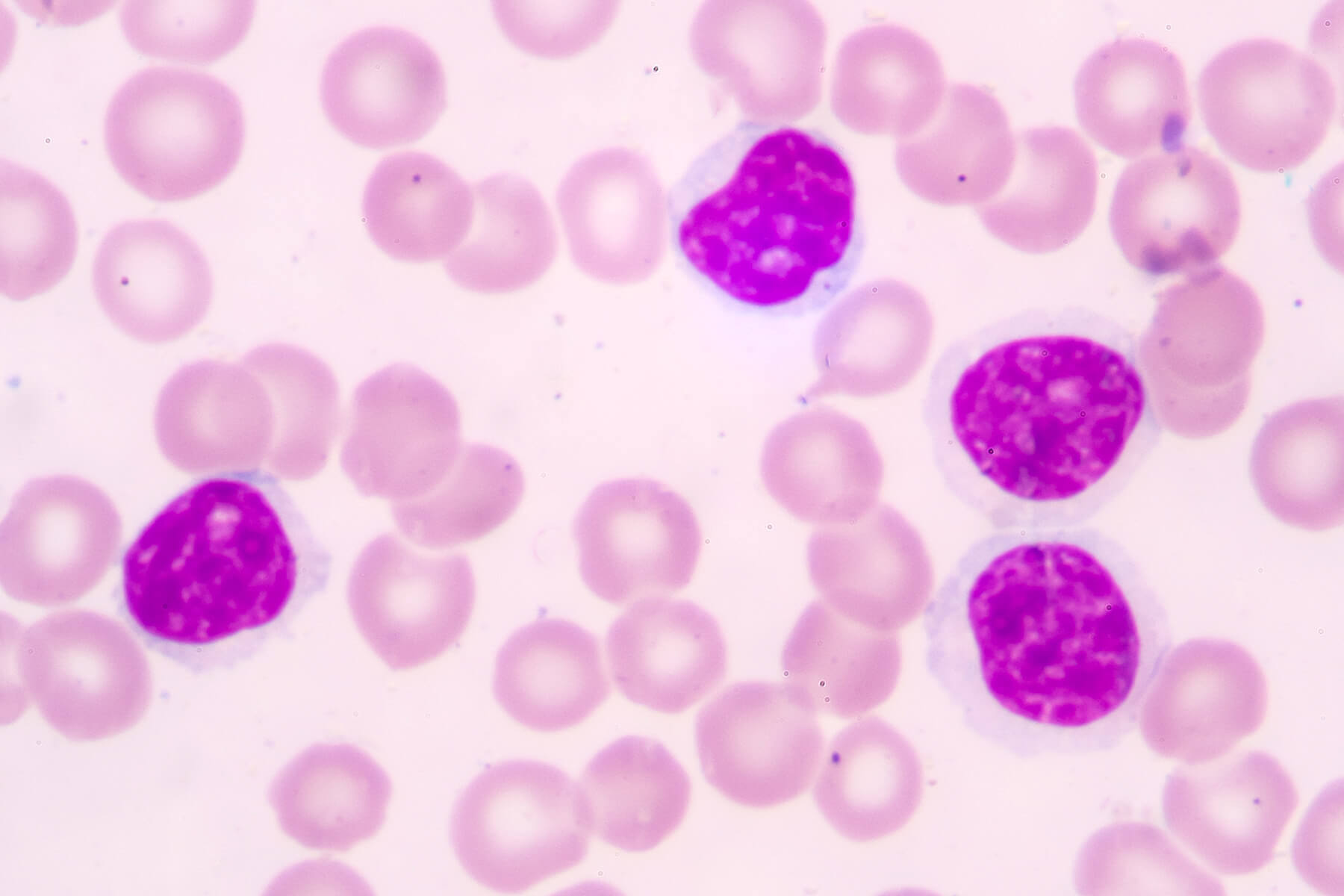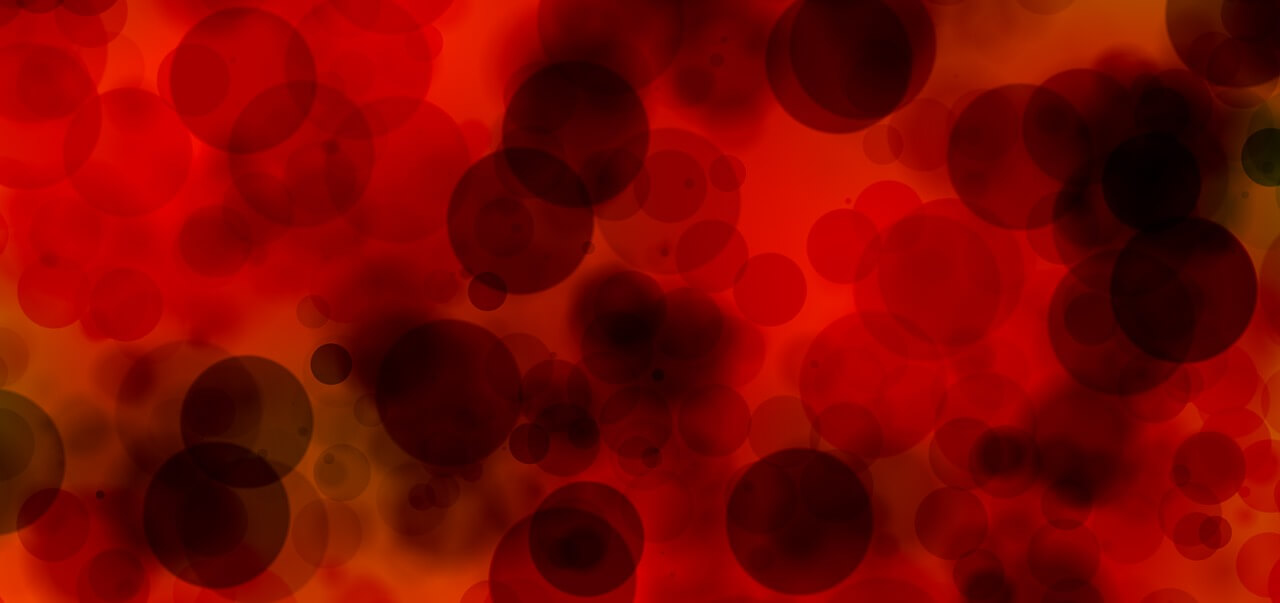What is Leukemia? What are the symptoms of Leukemia? Information about Leukemia causes, types, symptoms and prevention.
Leukemia; a disease of the blood in which the production of white blood cells or leukocytes increases tremendously without apparent reason. In the normal person there are about 7,500 white blood cells in every cubic millimeter of blood. In leukemia the number may increase to from 100,000 to one million white blood cells in every cubic millimeter of blood.
Although there is as yet no specific cure for leukemia, much progress has been made. Techniques of treatment are now available which help extend the lifespan considerably and increase the comfort of the person with leukemia.

Leukemia is generally classified as acute or chronic although several different types of leukemia are recognized.
The acute form occurs most frequently in young children, the onset being sudden and the progress rapid. Chronic leukemia generally attacks persons over thirty-five years of age. Frequently the first sign of acute leukemia is prolonged bleeding after a minor operation or tooth extraction. Other early signs are anemia, fever, pain in the bones and joints, and, in some cases, a swollen mouth and thickened gums. Chronic leukemia is also characterized by anemia and bleeding. In addition, the lymph nodes and spleen are noticeably enlarged. Small lumps, composed of the infiltrating white blood cells, may appear under the skin. Chronic leukemia may also be accompanied by loss of weight, nervousness, shortness of breath, and abnormal night sweats.
Treatment of leukemia depends on careful diagnosis to determine the exact type and extent of the disease. This can be done by examining and counting the white blood cells under a microscope. The most widely used treatment involves injection of radioactive phosphorus. X-ray treatment is also widely used and now supplements the treatment by injection. X-rays affect the bone marrow and help prevent secondary anemia. Radioactive phosphorus acts on the spleen and lymph nodes to reduce them, and acts on the bone marrow to inhibit the production and multiplication of white blood cells.
In certain types of acute leukemia, cortisone and ACTH have been effective in helping to produce normal white blood cells. Several new chemical substances are undergoing experiment for the treatment of leukemia. Blood transfusions may be required during the procedure to control anemia, to keep the red blood cells at a proper level, and to prevent purpura which is characteristic in some forms of leukemia. Antibiotics may also be used to prevent secondary infection.
The disease and its causes
There are many different types of leukemia, but all are a malignant disease of the white blood cells of the body. The cause of all types is still uncertain. Each type is determined by the specific blood cell involved and the length of time the illness lasts. Leukemia exists in both an acute and chronic form: it is detected when the blood is examined.
When the cell group known as the lymphocytes is affected, the disease is called lymphocytic leukemia. When the monocytes are involved, it is known as monocytic leukemia. And when the polymorphonuclear cells are involved, it is called myeloid leukemia.
The myeloid form attacks a younger age group than the lymphocytic. These two types are the ones seen most commonly, but almost all of what is noted here applies to leukemia in general.
Leukemia is more common in males than in females. The outcome of the disease depends upon the type, and whether it is in the acute or chronic form.
Symptoms
In acute cases, as noted in the Medi-Graph, the onset is usually quite rapid and resembles an acute infectious disease. The earliest symptoms may be high fever, diffuse aches and pains, and severe weakness. Painful ulcerations of the mouth are not uncommon. There may be bone pain.

The course is unusually rapid, progressive, and downhill. There are hemorrhages of the mucous membranes of the mouth and into the skin. In the chronic case the disease develops stealthily and is discovered often during the course of a routine medical examination. The patient loses weight, appetite, and strength. He has night sweats and feels weak. In the lymphatic form there is almost always swelling of the lymph glands. Sometimes the patient complains of pain in the abdomen in the area where the spleen lies. This is because that organ enlarges as the disease progresses. There is evidence of hemorrhaging—the patient bleeds from the mouth and develops blood spots under the skin. Weakness becomes more severe and the patient develops anemia.
Complications
Because of the diminished resistance of the patient, he is subject to complications from secondary infections. Another serious problem is hemorrhage, frequently into the intestinal tract. Or it may involve any organ system.
Prevention
(or lessening of impact) There is no way to prevent the onset of leukemia. There are many courses of treatment available which can prolong the life of the patient and even permit him to carry on his normal activity. Care must be taken to avoid secondary infection. There is no known cure, but with new research the outlook for patients with this illness continues to improve.
***This article is for informational purposes only. It is not a doctor warning or recommendation.